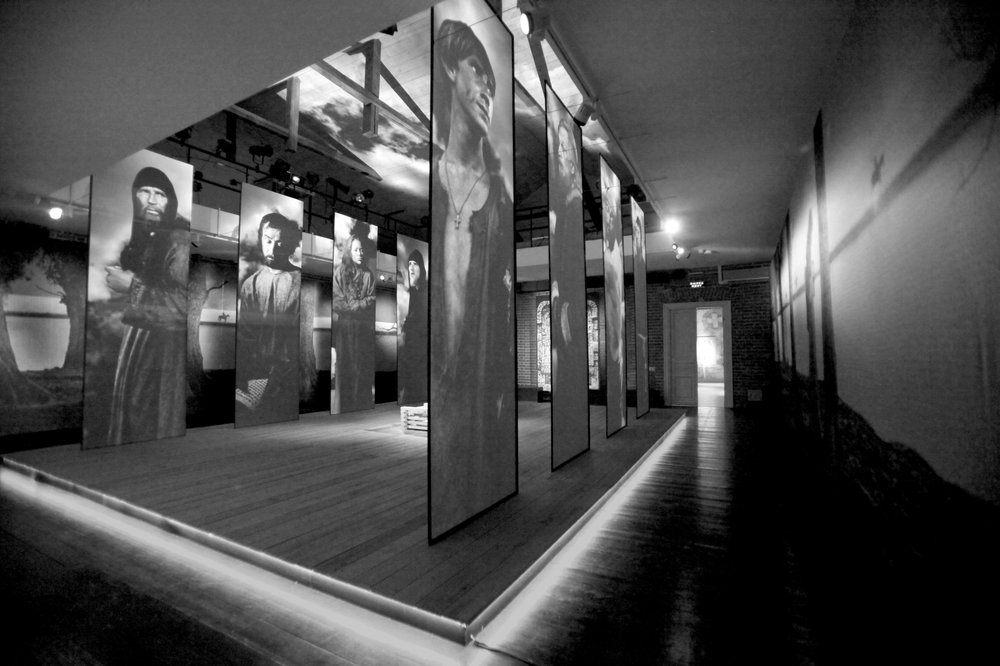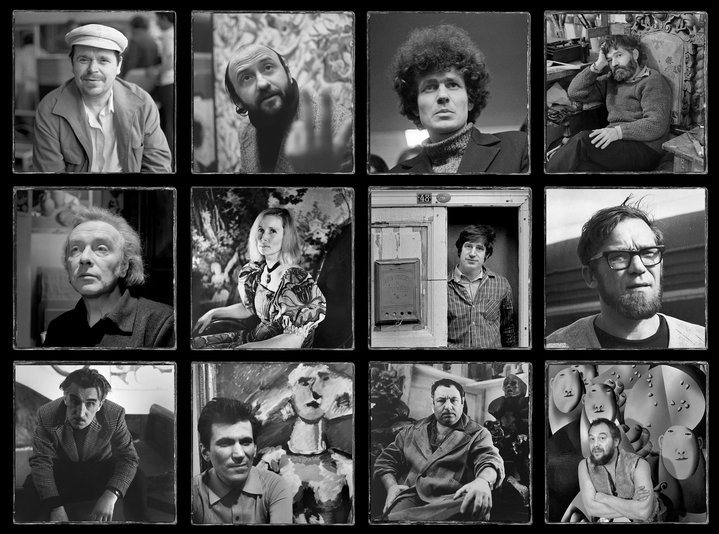Conquest of space: The State Tretyakov Gallery’s unprecedented expansion

View of the exhibition. Stills from films by Andrei Tarkovsky
This renowned Moscow museum has finally acquired full control of a space that it had been forced to share with another state institution for decades. The wing that the Tretyakov Gallery has now taken over will be used to stage international art exhibitions for several years. The ultimate plan is to overhaul the whole building, a project to be tackled by Dutch architect Rem Koolhaas.
The State Tretyakov Gallery has for the last 40 years been sharing a huge territory on the banks of the Moskva River: first with the Artists’ Union of the USSR, and later with its post-Soviet successor. All that has changed: the Tretyakov is now in full control. At a recent press conference, the museum’s director, Zelfira Tregulova, compared the previous arrangement to life in a Soviet communal flat. The relationship between those organizations had always been as troubled as that between two families of quarrelling neighbours.
What has been taken over is a building originally created to provide exhibition halls for both the Artists’ Union of the USSR and the State Tretyakov Gallery. It has been known as the Central House of Artists ever since it was opened to the public in 1979.
In Soviet times, the Artists' Union was effectively the instrument that the state used to control artists, distribute commissions and uphold the standards of socialist realism. In the absence of an art market, the only way for artists to make a living at that time was to join the Union.
The State Tretyakov Gallery was founded in 1867 by merchant Pavel Tretyakov and donated by him to the city of Moscow. It eventually ran out of space in its original premises, so the museum moved its department of 20th century art to this new building, occupying more than a half of it.
After the collapse of the Soviet Union, the Artists’ Union of USSR was rebranded as the International Confederation of Artists' Unions to match the new political reality. It’s premises were used for exhibitions of the union's members and various trade fairs, including the now-defunct “Art Moskva,” which was for many years the country's only contemporary art fair. Space on the so-called mezzanine level was rented out to commercial galleries, mostly to antique dealers. In the 1980s, the Central House of Artists housed a series of huge exhibitions featuring artists such as Robert Rausсhenberg, Gunther Uecker, Francis Bacon and other stars of the international contemporary art scene. In 2008, the Moscow city government wanted to demolish the whole building and replace it with a structure designed by the British architect Norman Foster. The idea caused public outrage and was later abandoned. In October 2018, the Russian Ministry of Culture decided to hand the whole building over to the Tretyakov Gallery. It will be renovated by Dutch architect Rem Koolhaas and his OMA Studio.
The International Confederation of Artists’ Unions ceased to exist in 2017, yet the Artists’ Union of Russia, its former member, will retain the top floor of the building until the renovation begins. The project is scheduled to start in 2023 and finish in 2027. Some of the art galleries which formerly rented spaces in the building are moving to the Gostiny Dvor complex, near Red Square. That complex is now being turned into an art center.
This new addition to the Tretyakov, which will a have separate entrance and ticket office, has been baptised the Western Wing. So far, the only changes made deal with the electrical system, air conditioning and security measures. "It is not a reconstruction, but an upgrade of the building to present-day museum standards," Tretyakov director Zelfira Tregulova stressed.
The museum’s priority has been to keep the building open until the renovation work begins. The new space will open its doors to the public on 21 June. Its first exhibition "Free Flight", conceived by the private AZ Museum (the Anatoly Zverev museum), will be on view until 22 September. The project will be dedicated to the legendary film auteur Andrei Tarkovsky and his contemporaries, the non-conformist artists of the period between the 1960s and 1980s. Afterward, the 8th edition of Moscow Biennale will occupy the space from 28 October until 22 January 2020. Two major international shows are already planned for 2020. One will present a panorama of contemporary Indian art, while the second one, called "Unity in Diversity,” will show the art of Europe (including Russia) during the last three decades.
In another welcome addition, the Moscow Design Museum will take over the mezzanine space, formerly occupied by private art galleries and antique shops, in September. One part will be dedicated to the experiments of the Russian Avant-Garde, another to Soviet design and a third to contemporary Russian design. The Design museum will occupy that space until the beginning of the renovation. What will happen to it afterwards is unclear. This sort of uncertainty is nothing new to Russia, a country which, since Soviet times, is used to living according to the rhythm of five-year plans.







